NUTRITIONIST ADVISES WHERE TO GET VITAMINS IN SPRING
The beginning of spring is a time of hope, great expectations, and seasonal vitamin deficiency. It would be best to fight vitamin deficiency to have the strength and health to implement your plans. In addition, the lack of vitamins does not decorate us: brittle hair, dull skin, and constant fatigue after winter – these are alarm signals with which our body declares that it lacks vital vitamins. The first step is to include the missing elements in our daily diet. Together with Larisa Zakhodchenko, a nutrition specialist and a member of the expert council of the National Association of Dietetics and Nutritionists (NADN), we have compiled an “emergency list of products” that will help compensate for vitamin deficiency.
Larisa Zakhodchenko:
“Before taking pharmaceutical vitamin supplements, it would be good to do the appropriate tests to determine which substances you lack. You should not overfeed your body with vitamins. For example, excess vitamin A can cause adverse reactions in the intestines and stomach. As for vitamin C, which is in great demand in the spring, our body cannot absorb more than 50 grams of this nutrient at one time, so if you need an increased dose, it is better to divide it into two doses.
But there is no such danger with food products – sorting out the beneficial substances from them is complicated. Just consider your food allergies, and remember to control the amount of proteins, carbohydrates, and fats that enter your body with them to make a balanced diet and stay within what is reasonable. Because nuts, for example, are not only a source of vitamin A, but also a very high-calorie food: 100 g of almonds contain almost 50 grams of fat. Of course, such food should not be consumed excessively if you do not want to stress your liver and gain extra pounds by summer.
Equally important is the way you prepare certain foods. Few people know that if you pour boiling water over rose hips, the loss of vitamin C will be up to 90% or higher. So rosehip tea, which we like to use to treat colds, will be useless. Try to choose gentler cooking methods: steamed, oven, or low heat. Vegetables are best eaten fresh or as a salad. And it’s better to altogether remove fried meat, fatty industrial sauces, and semi-finished products from your diet at least for a while until you get into shape after the winter; they definitely won’t do any good.”
Avocado
“Different from most fruits, they contain healthy fats rather than carbohydrates. Nutrition Journal recently published research that a blend of natural vegetable fats and fiber (both of which avocados contain in abundance) helps effectively get rid of the kilograms gained over the winter: adding half an avocado to their daily diet, people got rid of the desire to snack on something sweet like for at least 5 hours. The remaining benefits of avocados are so numerous that it’s easier to limit ourselves to numbers: the pulp of the fruit contains vitamin K (53% of the daily value), folate (41%), vitamin C (33%), vitamin B5 (28%), potassium (28%), vitamin B6 (26%), vitamin E (21%), copper (19%). Avocados also contain lutein, thiamine, iron, niacin, riboflavin, and various antioxidants.
Carrot
Everything our mothers told us about the benefits of carrots for vision when grating them into the “Vitamin” salad is true. This affordable root vegetable is simply a storehouse of fiber, vitamin K, and the powerful antioxidant beta-carotene, a precursor of vitamin A. It strengthens the retina and helps fight the so-called macular degeneration, one of the most common causes of early vision loss. One hundred grams of carrots contain 200% of the daily dose of carotenoids. In addition, they promote the renewal of skin and hair cells and relieve inflammation, so they have the most positive effect on our tired appearance after winter. Just remember that vitamin A must be combined with vitamin E (nuts, seeds, and sunflower oil), and zinc (beef, spinach, and the same nuts) contributes to the conversion of vitamin A into its active form.
Chicken breast
Low in fat and calories, white chicken meat is very high in protein. However, bodybuilders should not only include chicken in their diet in the spring to build muscle. It contains a whole complex of B vitamins, which is quite rare. Representatives of this vitamin family have different functions:
- Biotin (B7) increases the level of keratin in the body.
- Niacin (B3) has a powerful anti-inflammatory effect.
- Pyridoxine (B6) helps convert food into energy.
But together, they make a considerable contribution to the body’s immune defense.
Nuts and seeds
Seeds contain all the elements for a sprout to emerge. Still, vitamin E is most important to us: in the chain of metabolic processes, it is responsible for saturating cells with oxygen, strengthens the heart muscle, and helps cope with depression and fatigue, which we often feel after winter. The leaders in alpha-tocopherol content (one of the natural forms of vitamin E) are unroasted sunflower seeds (100 grams contain 312% of the daily form), followed by almonds (246%). Alpha-tocopherol is designated as E307; if you see this designation on a product label, do not be alarmed; this food has nothing harmful. By the way, vegetable oils can also be an excellent help to you; they contain vitamin E in an easy-to-digest form; the main thing is that the oils are raw and unrefined.
Cod liver
The leader in vitamin D content is 100 grams, which contains 50% of the daily value. The figure seems like it could be more impressive, but it is much lower for other products. There is no need to explain anything to anyone about how important it is to maintain normal vitamin D levels, especially after the COVID-19 epidemic. However, I will repeat that its deficiency negatively affects the condition of the skin, nervous system, heart, and blood vessels. Together with vitamin B, this nutrient is the best natural immune stimulant. The amount of vitamin A in cod liver is literally off the charts: more than 200% of the daily value – we don’t even need that much; an overdose of vitamin A can cause stomach problems and nausea, so it’s better to eat no more than 50 grams of fish liver at a time. Another valuable contribution of this product to our diet is omega-3 and omega-6 fatty acids. It is fuel for brain function, and consuming omega-3 acids enhances the effects of luteinizing hormone, which stimulates testosterone synthesis in men. (We audited cod liver in the editorial kitchen to help you choose the highest quality product. – Ed. )
Grape
Grapes are very healthy: they contain B vitamins, vitamins C and K, and a large amount of antioxidants, including resveratrol, which prevents the development of tumors and inflammation. Rutin also works as a blocker of forming inflammatory proteins, prevents blood clotting, and reduces the risk of heart disease. What is also essential: 120 grams of grapes contain 20% of the daily value of vitamin K, which is responsible for many reactions in the circulatory system and hematopoiesis and also promotes the absorption of vitamin D. But grapes should be perceived as a dessert fruit, that is, a replacement for sweets: sugar in it a bit much.
Apples
Apples are rich in carotene, potassium, iron, manganese, calcium, pectin, organic acids, vitamins (C, B1, B2, PP) and dietary fiber. This complex of vitamins and dietary fiber is essential for maintaining the body’s anti-infective resistance. It is also vital that pectin, which apples are rich in, is a natural probiotic that improves the condition of intestinal microflora, which, when disturbed, activates opportunistic microorganisms that constantly live in the human body. This increases the risk of developing and progressing respiratory infections of a bacterial and fungal nature.
Parsley
Parsley is often called women’s greens: it is believed that the combination of vitamins B, K, and E, which are in this seasoning, helps with cycle disruptions and reduces inflammation in the genitourinary system. Few people know that parsley contains four times more vitamin C than lemon. It includes a rich set of minerals – phosphorus, potassium, magnesium, selenium, fluorine, iron, zinc, and potassium. Regular consumption of greens helps clean blood vessels and is essential for stroke prevention. This green nutrition positively affects brain function and improves mood and memory.
Lingonberries and cranberries
If you have berries left in the freezer, it’s time to think about them. The main wealth of late berries, lingonberries, sea buckthorn, and cranberries is vitamin C. The same ascorbic acid that our mothers fed us with to avoid seasonal colds. However, the immune function of this vitamin is not the most important: ascorbic acid is actively involved in the synthesis of collagen – the basis of the structure of the skin, tendons, and ligaments- and it is also essential for supporting the heart muscle. It is important to say here that our body cannot synthesize vitamin C on its own; it comes only from foods of plant origin. Alas, it is also impossible to stock up on vitamin C for future use: like all water-soluble vitamins, it is not stored in tissues, and its excess is excreted naturally with liquid. So, in addition to berries, it is worth replenishing its supply with sauerkraut and oranges.
Brown (brown) rice
Contains a decent amount of fiber, vitamin B1 (thiamine), potassium, and magnesium. Vitamin B1 is essential for the nervous system, which needs our attention after cold weather. Thiamine promotes better conduction of nerve impulses and helps fight fatigue and irritability. Unlike refined white rice, it is a whole food rich in fiber. In combination with magnesium, potassium protects the vascular system, normalizes sleep, and strengthens the skeletal system. Unrefined foods are better filling, so if you lose a couple of kilograms by summer, brown rice is also preferable. But it would help if you didn’t give up carbohydrates in the spring: this way, you deprive yourself of natural energy already lacking in the spring.


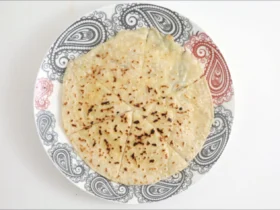



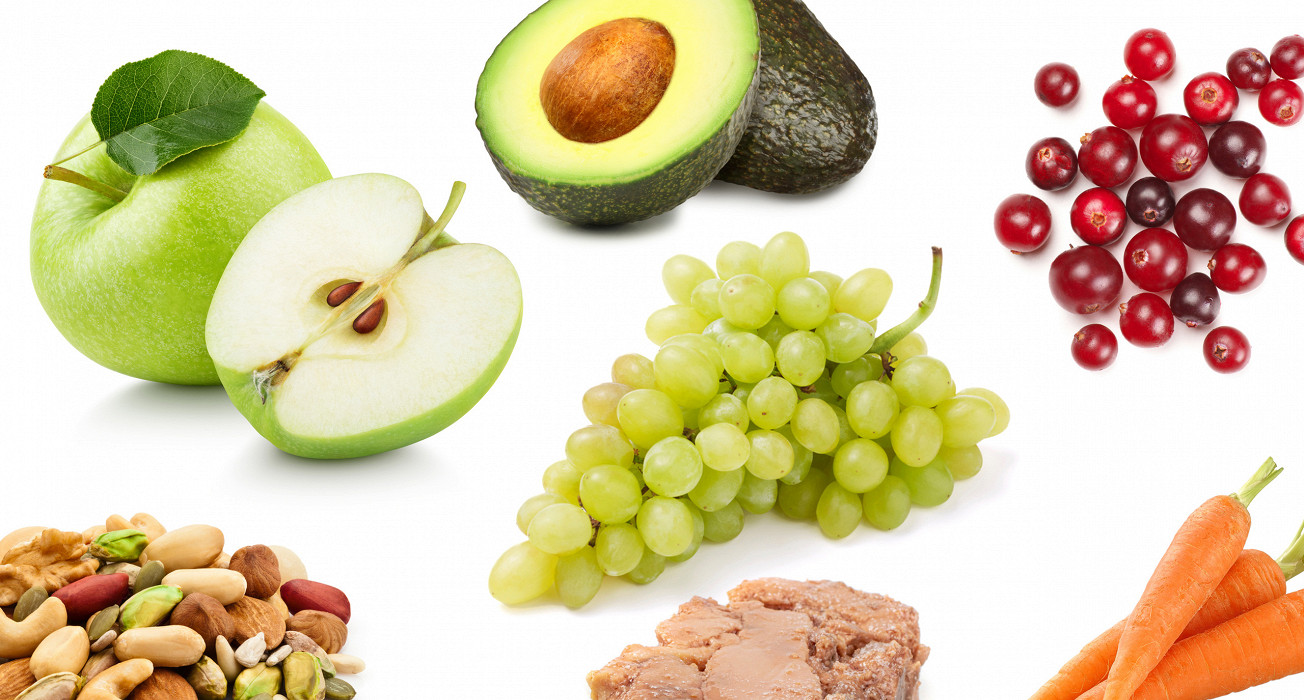

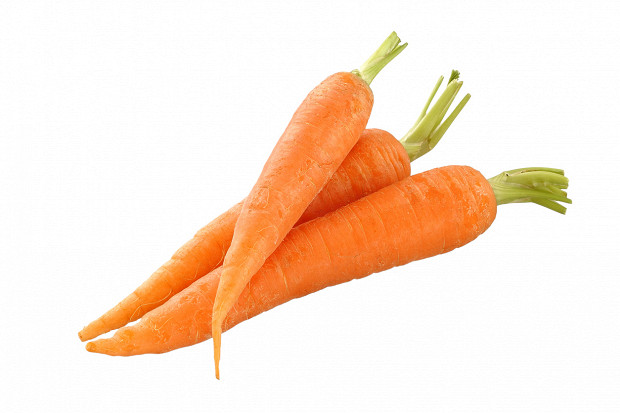
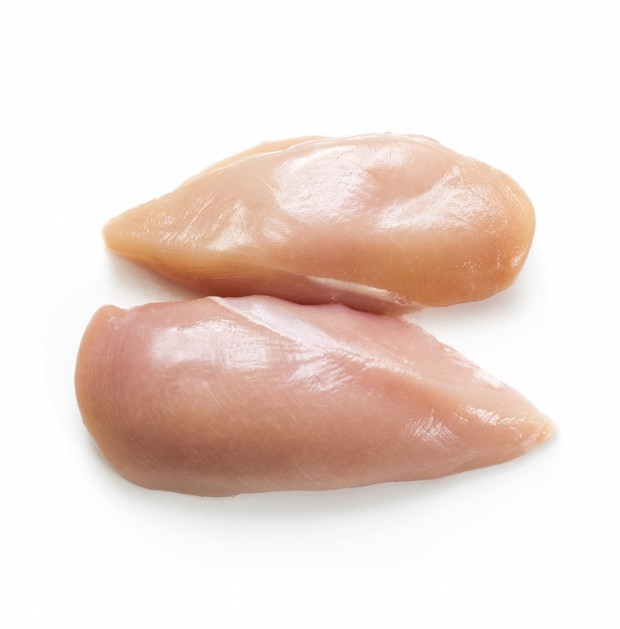


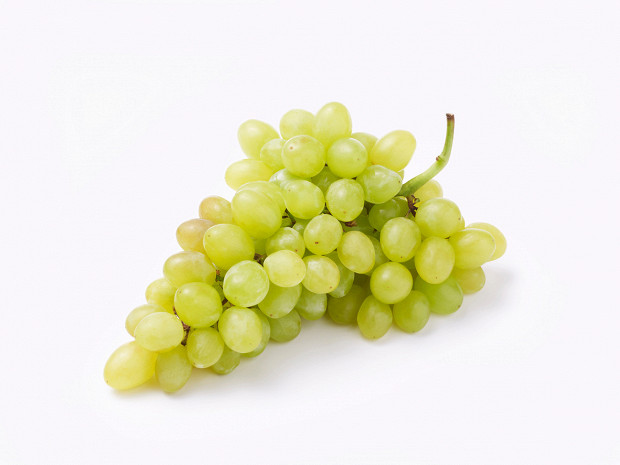
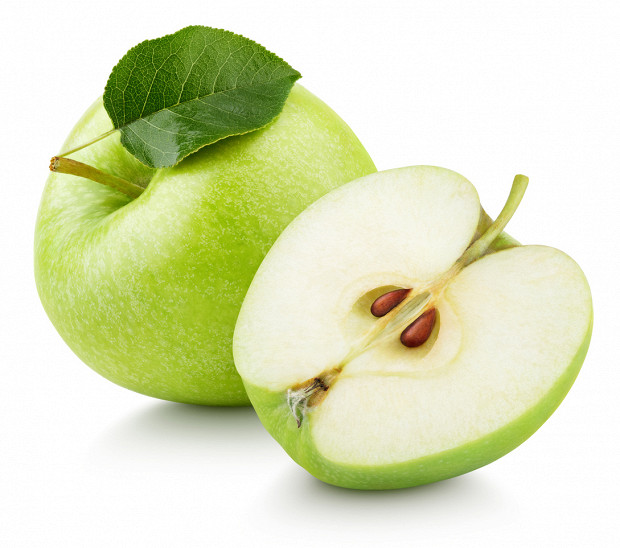
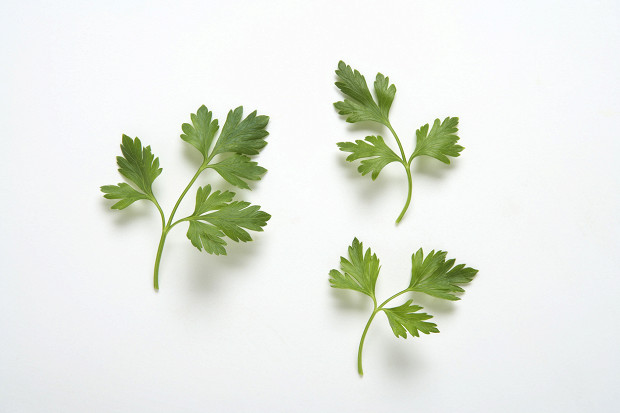







Leave a Reply